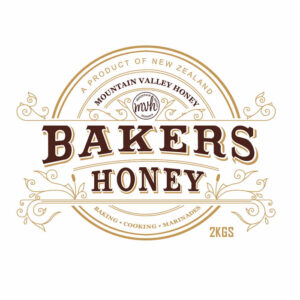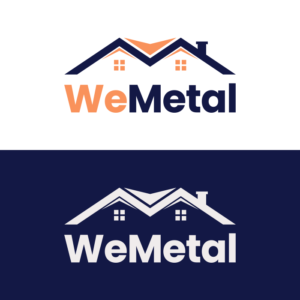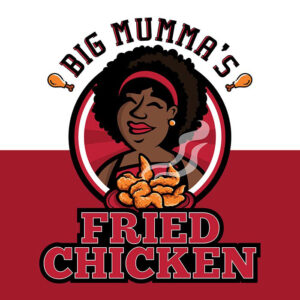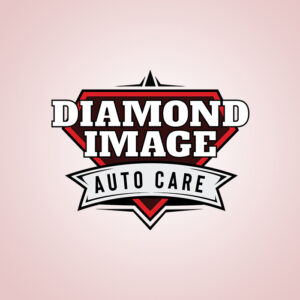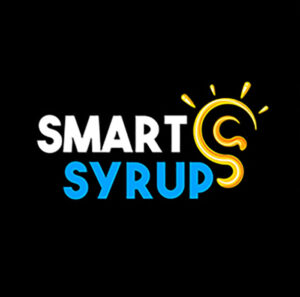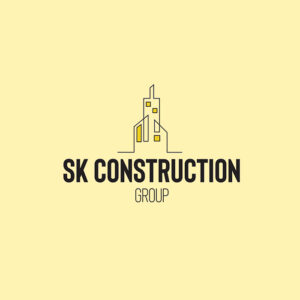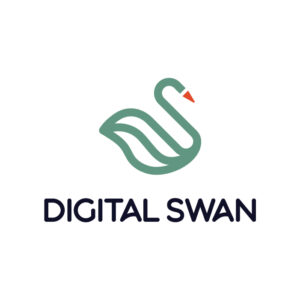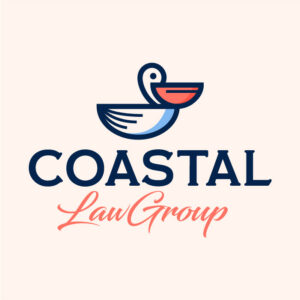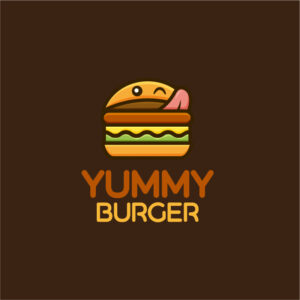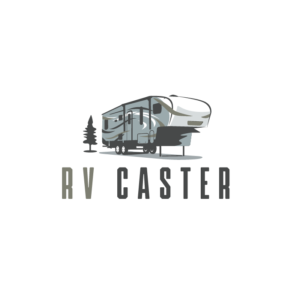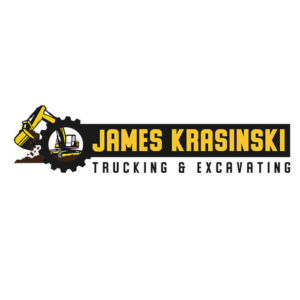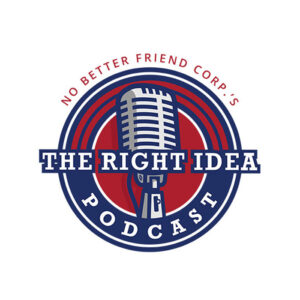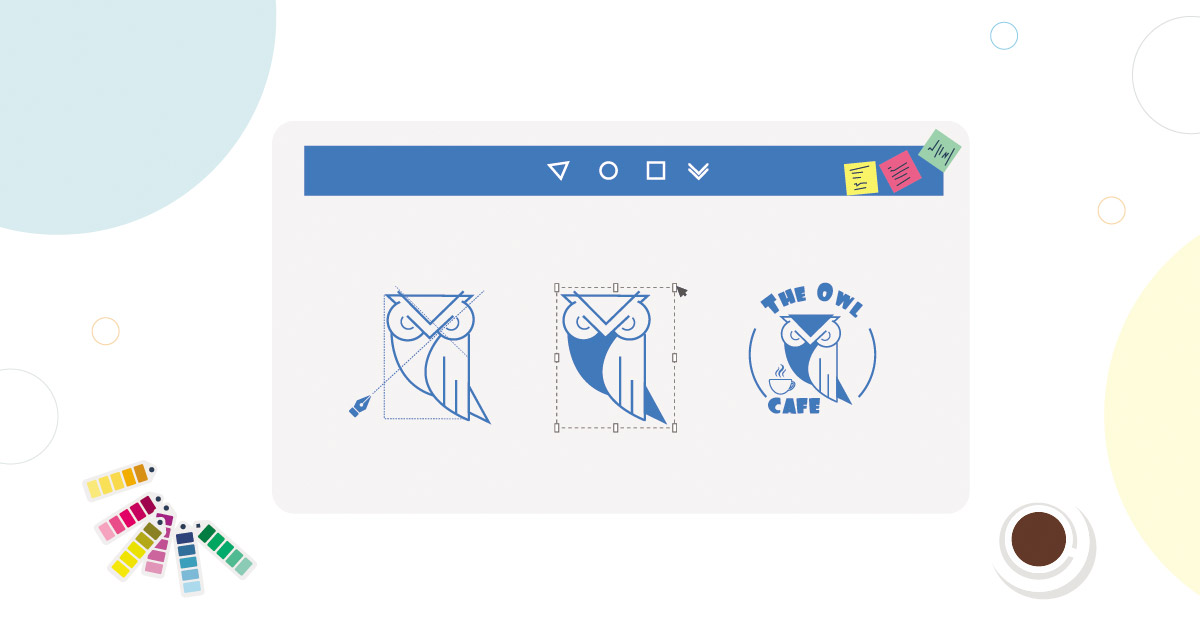
Have you ever judged a brand based solely based on its logo? If your answer is yes, you’re not alone. After all, a business logo is its most important visual asset. Brand awareness, trustworthiness, authoritativeness, and many other attributes depend on that one design.
That said, your logo surely needs careful thought and planning. For instance, many of our clients are hesitant to handle matters on their own. They turn to us at Penji for professional logo designs. Compared to stock logos, custom logos are ideal because:
- Custom logos reflect the brand’s unique identity.
- With stock logos, you risk making your brand look like another run-of-the-mill business.
- Designing the logo from scratch allows you to inject subliminal messaging and additional meaning into the image.
If you’re looking for inspiration for your logo, pull up a chair and get ready to learn! Here are some factors you need to consider before designing your logo.
Keep It Simple

When designing a custom logo, the rule ‘less is more’ is not only applicable, it is what you should always go for. Clarity is one of the top qualities that makes a custom logo design effective, and to have this, simplicity is the key. Your custom logo design should be simple to make it easily recognizable and memorable as well.
When it comes to a logo’s complexity, keep these things in mind:
- A logo that has too many unnecessary elements tends to project a message that may make the company seem complicated.
- Using a simple design will be easier for your audience to digest.
- A less complicated logo makes an impression that will last long after the customers leave the website or physical store.
Humanizing your brand is a great way to connect with your customers, and when you have a custom logo that’s simple and memorable, doing this is a breeze. Simplicity can translate to more visibility, more brand awareness, and more success. Plus, it can surely make you stand out from the competition, as a simple logo can be more difficult to copy or replicate.
Color Theory
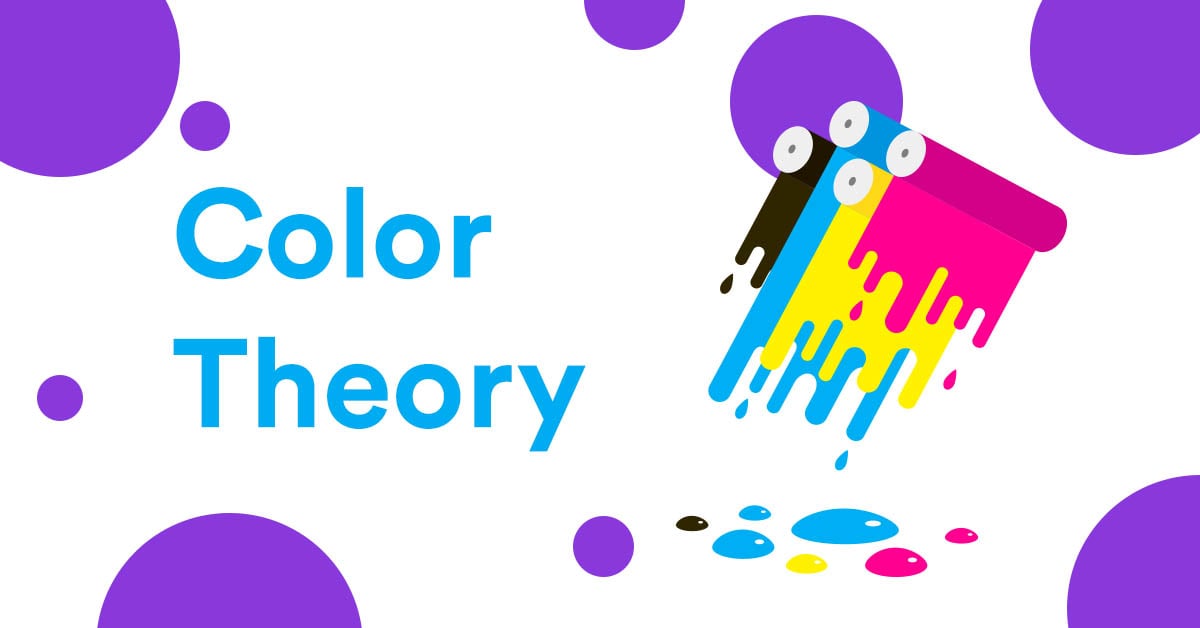
Color is essential in designing logos, and it’s more than what meets the eye. Choosing the right color combination isn’t as simple as what your favorite is and what looks good. There is a psychology behind it and using the right one for your logo requires careful attention.
Here are a few pointers to remember when it comes to your logo’s color palette:
- Understanding your brand’s personality, mission, and target market will help lead you to pick the colors that are the most appropriate for your logo and branding.
- The use of color theory can maximize the effectiveness of your custom logo by resonating with your message more clearly.
- Getting the right colors can give your audience the emotions you need to get a response from them and build a connection.

When it comes to looking at specific feelings towards color, the graph below covers some of the crucial information on color.
When placed side by side with your competitors, you need a color scheme that will make you stand out. Here are some colors and the characteristics that they send out.
Yellow
Yellow can convey optimism, clarity, friendliness, energy, and so many more upbeat and positive traits. If you want your company to emanate warmth and cheerfulness, yellow is the color of choice.
Green
Green is what everybody thinks of when being one with nature comes to mind. It signifies freshness, cleanliness, and even strength. If you’re in the organic food or home and gardening industries, this color is right for you.
Blue
Blue is one of the most classic colors and can be used in all genres, for all genders, every age, and many more. It is versatile as it can convey subtlety and energy at the same time. It projects trustworthiness and is useful to show professionalism and authority. However, this is one of the most used colors and may not work as well if standing out is what you’re after.
Black
Black is most commonly used in fashion but is also seen in many businesses that require having an image of authority and seriousness. It can also show secrecy, sophistication, elegance, and power, so it’s not uncommon to see it used in luxury cars or fancy restaurants.
Red
Red is the color of fire and blood, making it a symbol of war and love. A very intense color, it can signify emotions such as anger, seduction, elegance, and adventure.
Brown
Brown signifies the earth and nature. But it also speaks volumes when you want to show professionalism and sincerity. Most banks and security agencies use brown for their company color, but it is also a favorite among those selling organic products or food items such as coffee and pastries.
Pink
Pink, as we all know, is most commonly used for products and services that are catered mostly to women, such as makeup or clothing. It is a carefree color and is great for use if you’re in the business of targeting younger audiences.
Typography
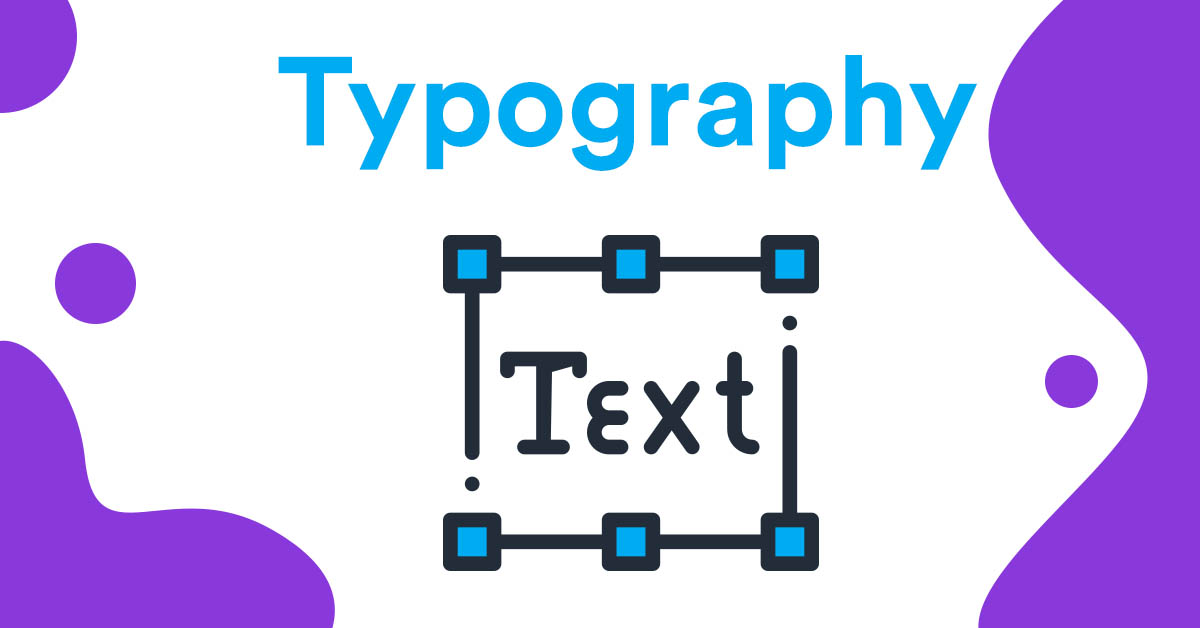
The fonts you use in your custom logo also have the power to evoke emotions. It’s the same way that colors do but on a much different level. Not all logos have typography in them. If you decide to use them, it’s always a good idea to know what type to use and how.
Keep these things in mind when deciding about typography:
- Simplicity is the key to effective logo design.
- Avoid using the more complex fonts, as they can make your logo look unreadable.
- Having a unique logo font helps make your venture look more professional.
Experienced designers can create a custom typeface for your company logo to make it unique and suited to your brand’s personality, just like what we do at Penji. You don’t have to share fonts with other businesses that can have the possibility of a look that is similar to theirs. This way, you can fully own your font which will set you apart from the rest.
Typography can express different emotions and feelings, let’s take a look at some fonts and see how they can fit your brand personality.
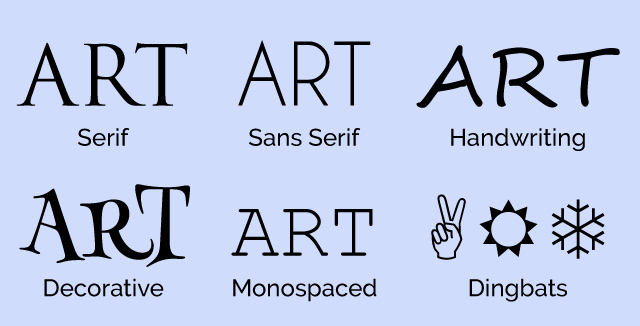
Serif

Serif fonts can express trustworthiness and authority. If you’re in the banking and financial industry, this typeface is the most fitting. It can also signify strength and wisdom.
San Serif

San Serif can be used in a multitude of industries, but mainly for modern, contemporary businesses, or if you want that straightforward and no-nonsense image for yours. You can commonly see these types of fonts used by clothing stores, technology-related industries, and many more.
Slab Serif
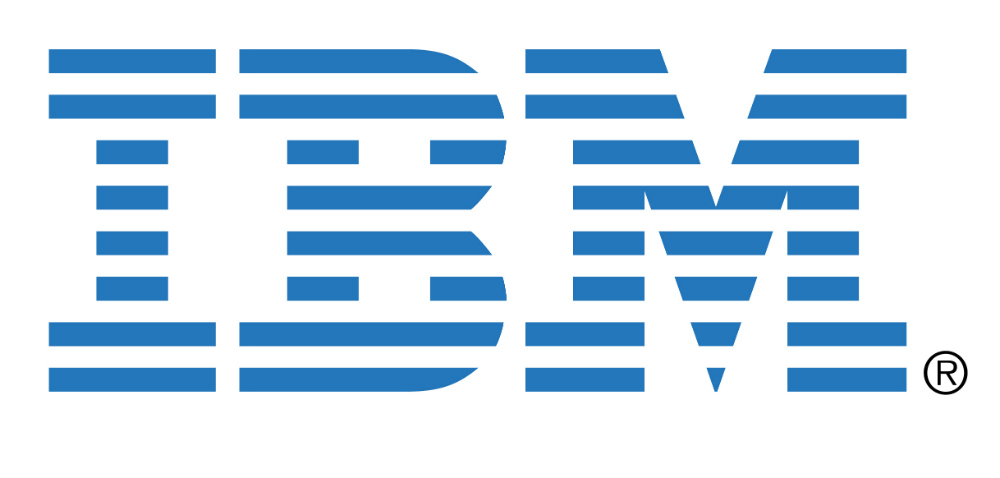
Slab-Serif is a newer font term, seen as the combination of multiple fonts. People sometimes confuse it as a bold serif font, but the style isn’t quite as clean as serif is. A popular example is Rockwell, a blocky font. It’s sometimes used for logos that want to appear fun and simple.
Script
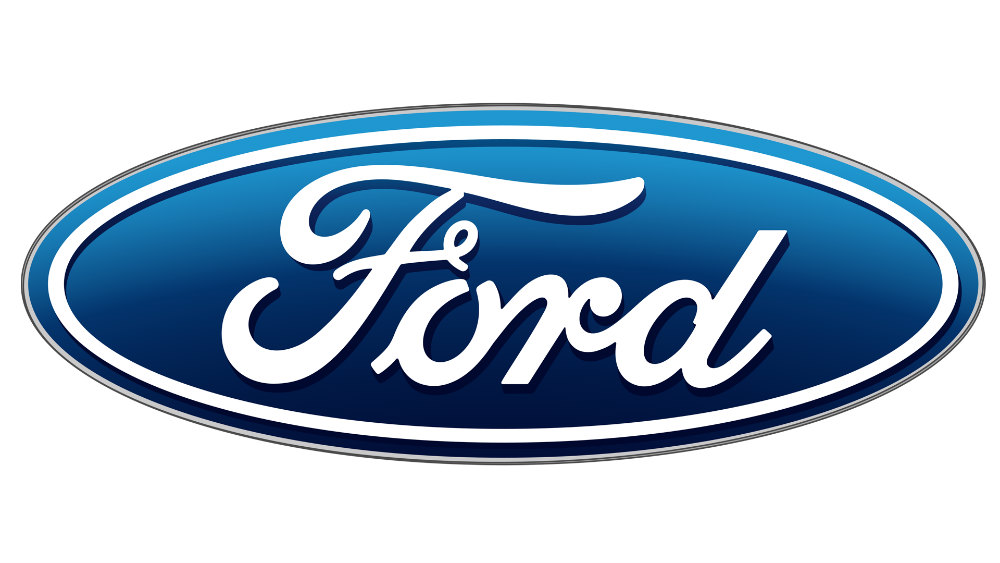
Script fonts are for fancier businesses such as cosmetics or fine dining establishments. And again, stay clear of overly elaborate fonts. The main purpose of having a logo is to communicate your brand, and if the font you use in your logo makes it hard to comprehend, then your message will get lost.
Monospace
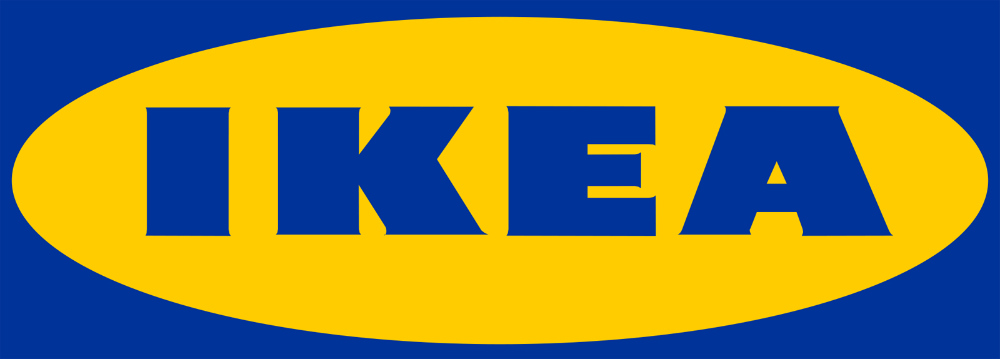
Monospace fonts take up the same amount of space between each other. It’s a very clean and specific font, best recognized for being a typewriter font. It’s considered vintage and scholarly, but depending on your audience, they may view it as outdated as a result.
Bold and Italics
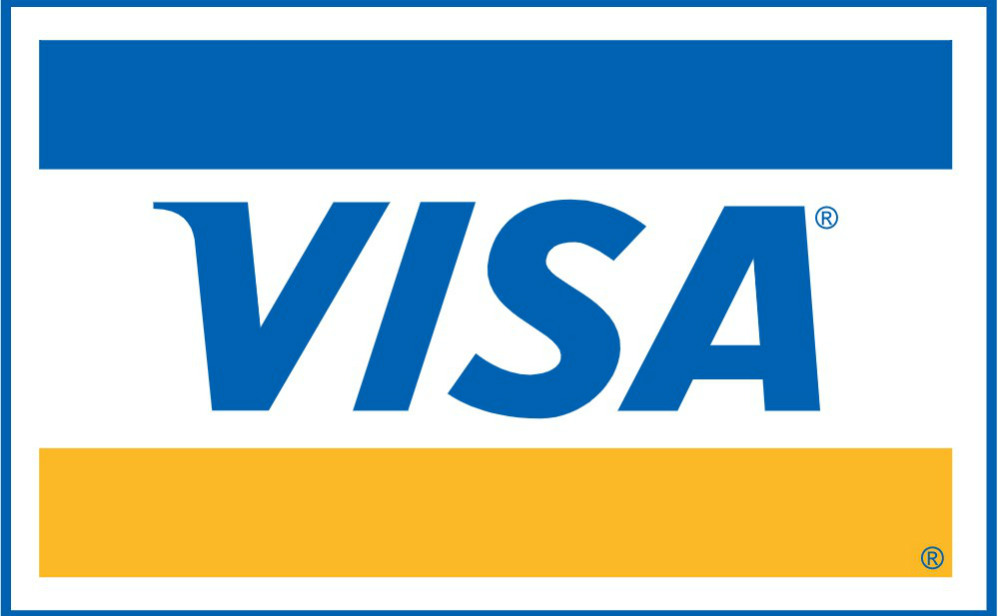
These two tend to go hand-in-hand. Many fonts come in bold and italic variations. Bold is used for impact as it makes the letters and symbols stand out. On the other hand, italics are used for emphasis, and it makes an impact like bold does with a slant. Both of these should be used sparingly, as it takes away the value of it in the first place.
There are other types of fonts that you can use. It’s highly recommended to explore them and see what will work best for your brand. These are only examples. It shouldn’t prevent you from going out of the box and trying something new and different.
Versatility
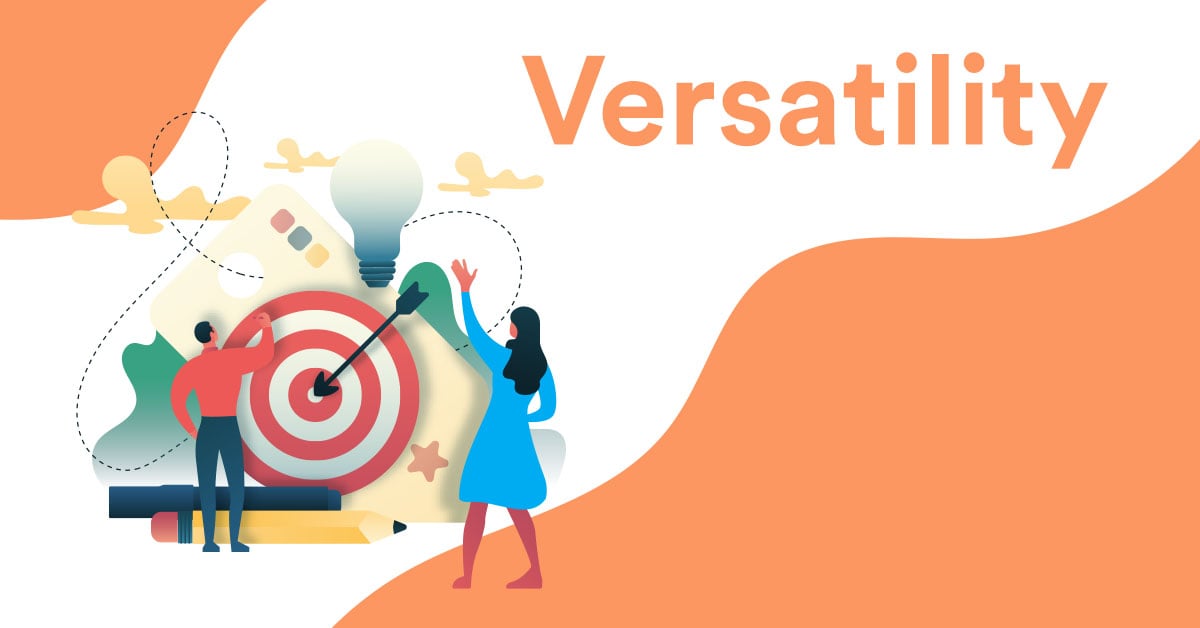
An effective custom logo is one that has the versatility to go on all types of media and paraphernalia. From billboards to business cards, your logo should look good and work well in all the places that you need to have them in.
A good logo is one that can be used in all sorts of channels but remains clear and concise. Just like the eagle logos we have below, they’re used in a number of versatile ways. Designing an effective logo is still anchored in having simplistic design elements in it.

Here are a few checkboxes to tick to ensure that your logo is versatile:
- It should look as good as it is, whether printed on a grayscale letterhead or a colored social media post.
- The logo should also work in black and white. This is crucial if you need to use it for visuals that may rely on shadows (e.g. event lighting effects) and embossing or debossing (e.g. corporate giveaways).
- A versatile logo has a signature color but can still stand proud and loud even without it.
Brand Identity
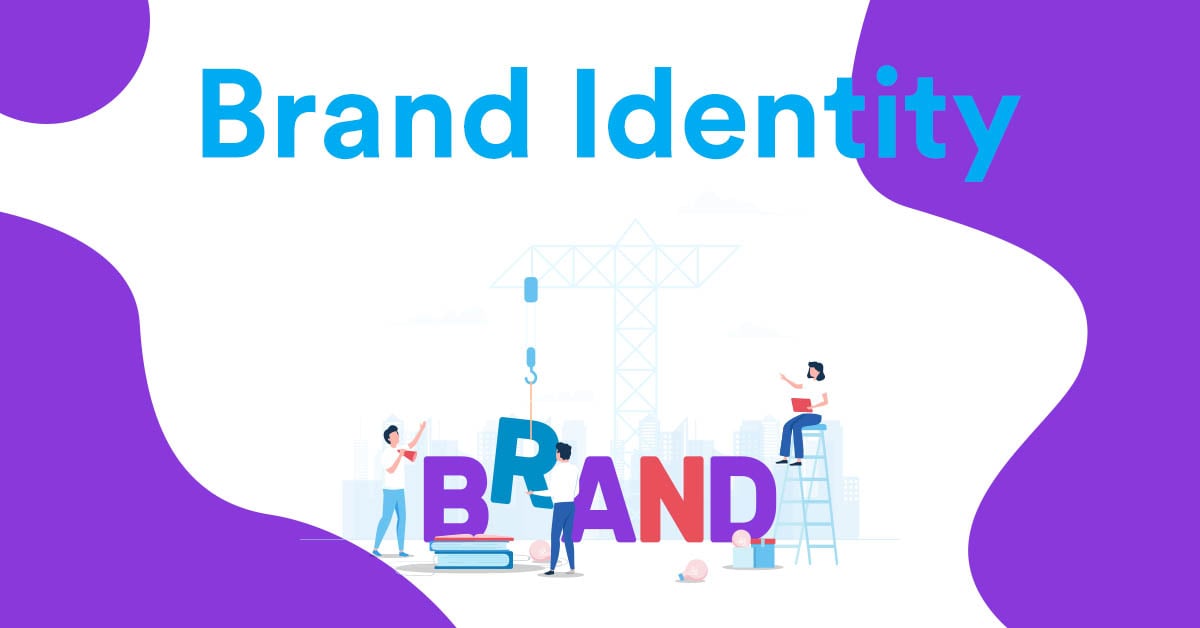
Your company’s brand identity is what your customers will recognize you for. It’s important to have one that is strong and memorable.
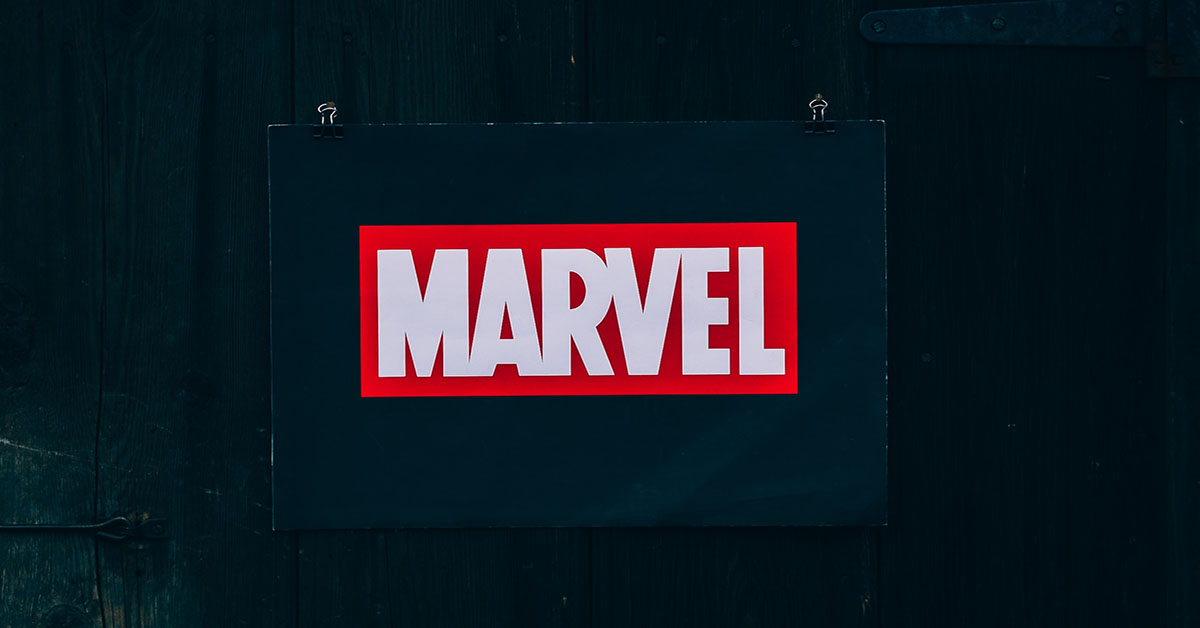
Look at Marvel’s logo, for example. It doesn’t look like much at first, but the association and thoughts that come with it are valuable. People think of the major films, superheroes, and a long list of celebrities associated with them.
Examine your logo or a design you’re considering for your logo. Does it communicate who you are as a brand and what you stand for all in one glance? If the answer is no, it might be time to explore other ideas.
Business Credibility
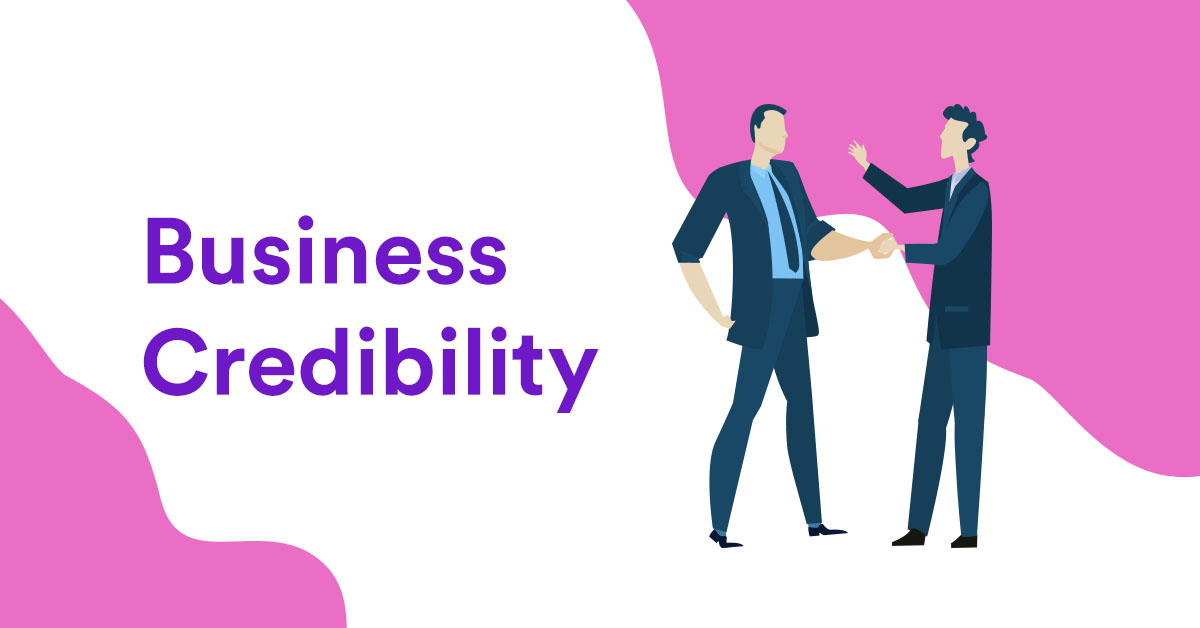
In today’s age of cutthroat online marketing, persuading consumers to support your brand requires ingenuity. There are millions of entrepreneurs vying for customers’ attention, not to mention the number of scammers out there in the open.
So from a consumer’s perspective, how do you know which company delivers on its promises? This is where building trust for consumers by business owners comes to play. Remember, a good logo boosts credibility by:
- Building trust for new customers
- Gaining the loyalty of the existing clients
- Making the brand look worthy of hard-earned money
- Reaffirming the brand’s competency and expertise
Marketing Advantage
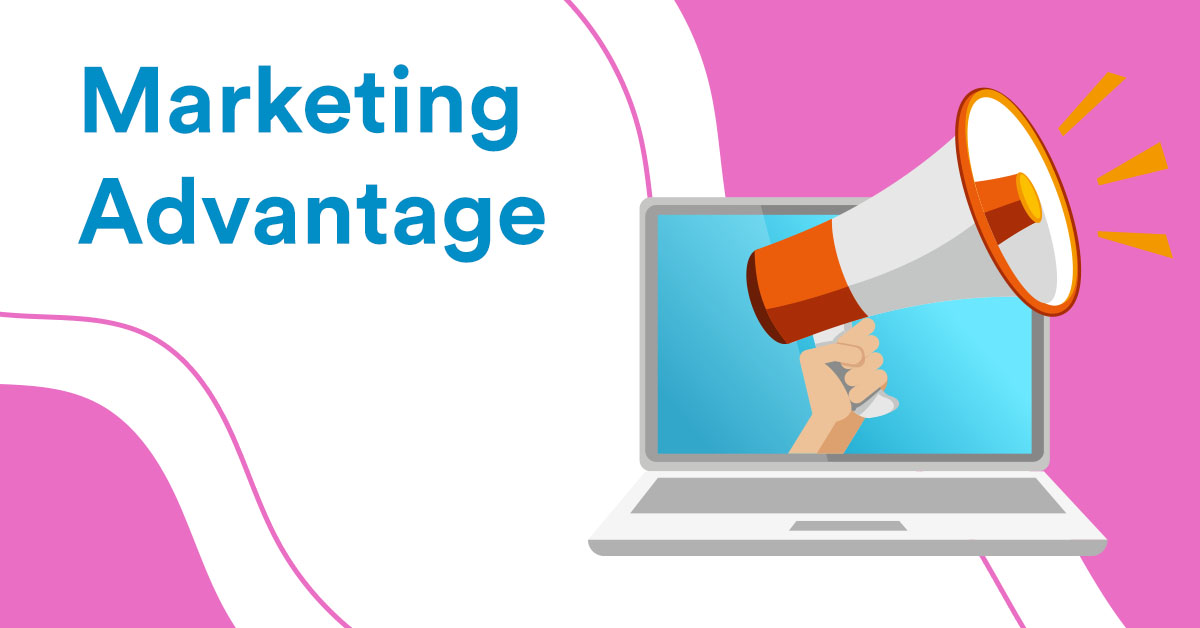
There are a lot of marketing advantages of having an excellent logo. One of these is recognition. Being recognized in a sea of businesses is an advantage in itself. If your logo alone has made people recognize you, you’re many steps ahead of your competition.
Having a good recall among consumers will give you a higher chance of gaining their trust and eventually converting them into sales. A visually appealing logo has the ability to persuade customers with their buying decisions, in your favor, of course.

Having a custom logo is one of the best and most integral parts of your marketing plans. It isn’t just an image or drawing but a foundation for your brand. Depending on your logo, you’ll need variations or want a professional graphic designer to provide you with options. The options below are all variations of the word summer. Notice how many different types of custom logos come out. Make sure when you market yourself, you consider the variations.
Your logo can also make you look established and give you leverage among competitors that are bigger and has more funding. The bigger you project yourself, the bigger the gains. It’s all about image and having a good product or service.
Budget
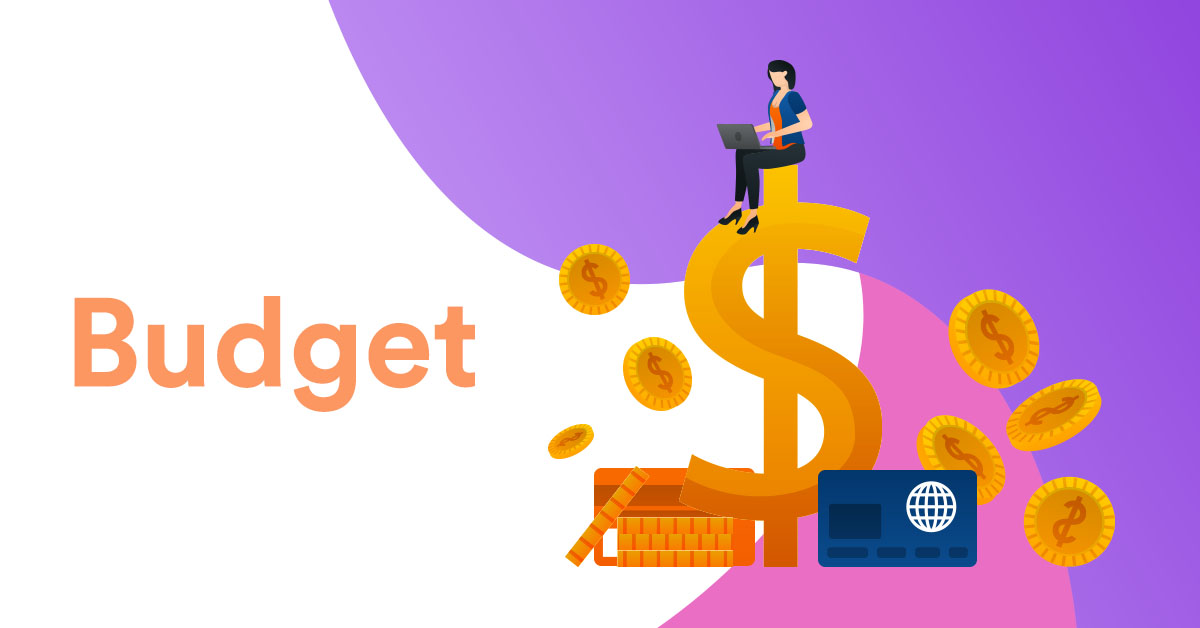
After reading all about what makes a good custom logo, think about your budget for it. Do custom logos come cheap, or do I have to pay an arm and a leg to have one made?
As mentioned earlier, hiring a professional graphic designer to create one for you is essential. It takes more than just the ability to sketch and draw to come up with one that will give your company all the benefits it can offer. Find your ideal designer by researching, planning, and exploring all of your options.
A logo is an investment that you can use for a long time and give you advantages that make every penny worthwhile.
In addition to custom logos, you might also need to replace your marketing materials to fit with the updated logo. At Penji, we offer cost-effective unlimited graphic design services starting at $399 per month. Our dedicated team will provide professional-quality work at a cost that won’t break the bank.
Your Target Market
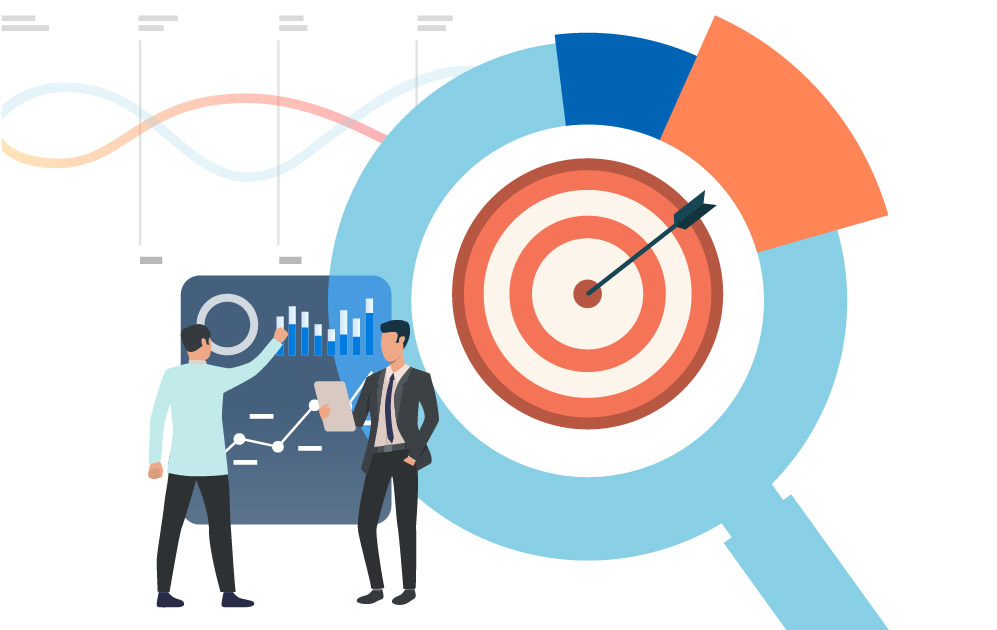
A target market is a group of consumers that share similar attributes or needs that your company is aiming to serve. They are the ones that you’re targeting to buy your products or get your services. Being in touch with your customer base is one of the most important tasks you need to accomplish at the very start of your business.
Any business owner would want to cater to as many clients as they possibly can, but that’s not a possibility. Narrowing down your audience can help you focus more on what to offer them rather than engaging in the humongous challenge of trying to please everyone. In addition, designing a marketing strategy becomes easier when you aim your sights at a lesser scope of people.
Determining Your Target Market
Take a closer look at what your company is offering and put yourself in your customers’ shoes. What need does my product fulfill? You’ll then have an idea about who might be interested in trying your wares. Researching your demographics can also help shape your custom logo design.
When thinking about your potential customers, think about their:
- Age
- Gender
- Social status
- Interests
- Psychographics
By looking at these, you will have a better idea of what colors, fonts, shapes, and other design elements will resonate with them.
It’s also a good idea to look at your competition’s target market. Not only will you be able to gain insightful data, but you’ll also have an idea about what works for them and what you need to adjust in your strategies.
How Your Target Market Impacts Design
Once you’ve determined who you’re designing for, it’s easy to create a company logo that can get their attention. Understanding their pain points and needs can lead you in the right direction in separating your brand from the rest of the competitors. You’ll be able to take into account how the design elements should be presented and create a logo design that speaks directly to your audience.
A Timeless Design
Design your company logo with timelessness in mind. Your custom design logo should be able to stand the test of time. Although you’ll see a few of the more established brands get an image overhaul, notice that the changes are at the bare minimum. Also, simplification isn’t succumbing to a trend; it’s tweaking a long-standing logo into something that can adapt to the advancements in technology.
Here are a few tips to keep in mind when brainstorming for a timeless logo design:
- A classic design is always best. Try to stay away from design fads that look dated.
- Though you’re aiming for timeless, a redesign isn’t all that bad when you know how and when to do it. Some logos inevitably need a revamp to stay relevant.
- A company that’s reinventing itself will surely need a redesign, and this is only one of the reasons for it.
Appropriateness
Logos for universities need not have books in them as much as restaurant logos do not necessarily have to have food in them. But as always, a logo should be appropriate for the industry you’re in. Look for a famous bank logo and imagine using it for a toy store, that would explain how being appropriate matters in designing custom logos.
It’s important to understand that a powerful logo is one that relates your story, evokes the right emotions, and makes consumers recognize you.
A Few Noteworthy Logo Examples
To better understand the importance of a logo to a company, here are some custom logo designs from famous brands:
Amazon

The company wanted to give out the message that they sell everything from A to Z. This is the reason the current design has an arrow starting from A in Amazon, then ending at Z. This works so well in depicting the smiles that customers have upon receiving a package from the store.
Baskin-Robbins
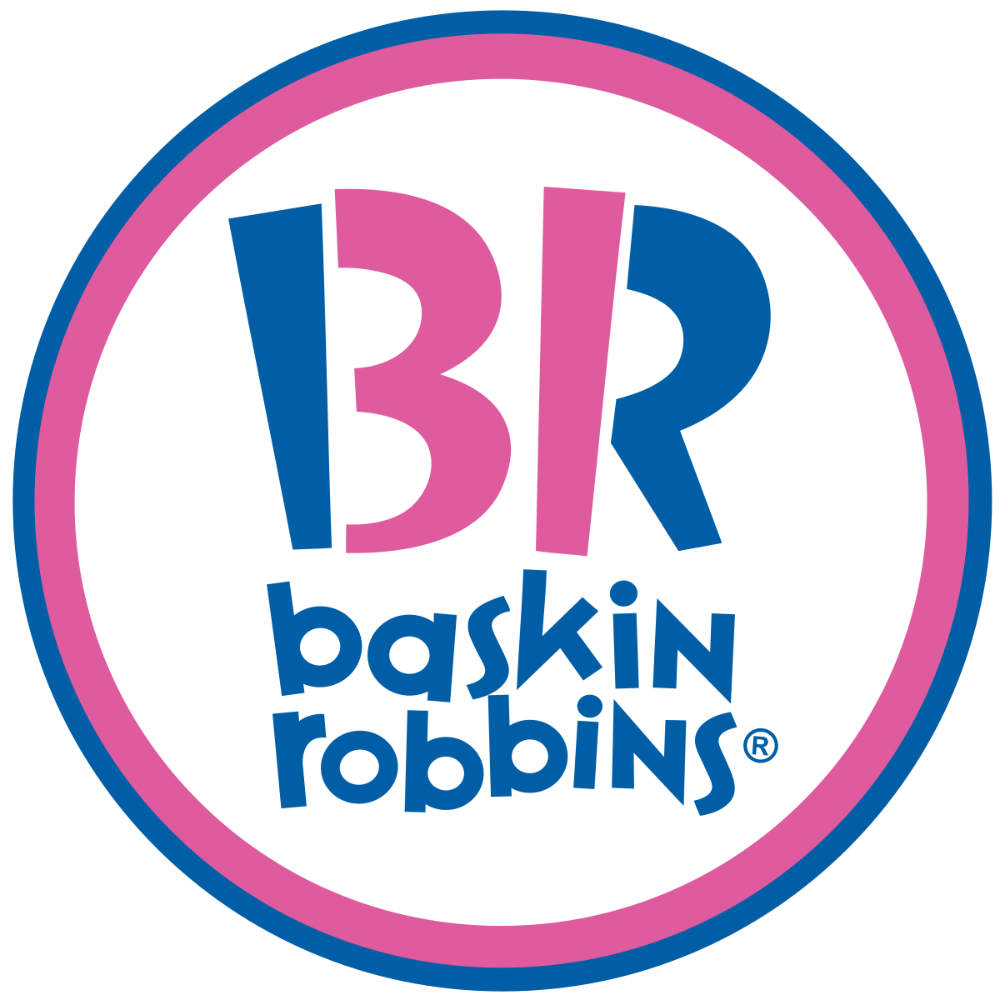
The Baskin-Robbins logo cleverly incorporated their initial letters with the number of flavors they have, 31. The colors blue and pink inside a circle of the same colors differentiate the numbers and the letters. The quirky font they used gives the impression of fun and enjoyment, which is ideal to what the brand is all about.
Apple
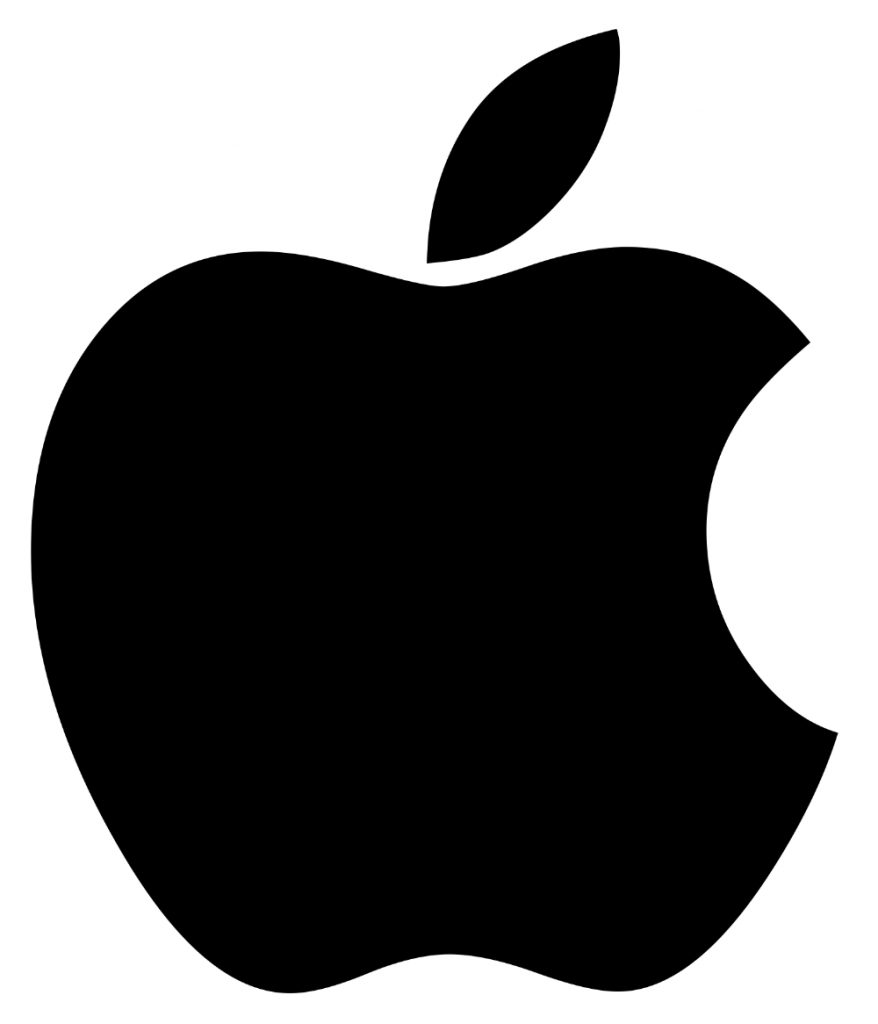
Since time immemorial, the apple has been associated with abundance, knowledge, immortality, and many other strong characteristics every business would want to have. Art director Rob Janoff designed this iconic symbol of the Apple enterprise and seemed to have encompassed all these attributes.
McDonald’s

Almost everyone on the face of this planet knows the golden arches. If you want to see a successful example of a professional logo, McDonald’s has it. The logo has a colorful history stemming from the architecture of the first restaurant building. The company even has its own custom font, the McLawsuit font, emphasizing the importance of having a custom logo design.
Unilever

Icons within an icon, that’s what the Unilever logo is. It consists of 24 figures nicely fitted inside the letter U. The global consumer goods company manufactures a wide range of products, from food to cleaning products. This diversity is clearly represented in each of the icons that are from under one single entity, which is Unilever itself.
FedEx

An ingenious way of maximizing the space on a custom logo design is this one from FedEx. The design is straightforward and can be considered simple and basic. But, notice how the arrow is skillfully placed between the letters E and X. It subtly sends out an air of speed and precision, something that the company aims to provide.
Starbucks

Despite undergoing several revisions, the Starbucks logo has become an icon the world over. The twin-tailed mermaid has become synonymous with good coffee, and its uniqueness is what probably did it. It destroyed the preconceived notion of using an image of a steaming cup of coffee for a coffee shop. The siren in the custom logo design has its roots in old legends of mermaids luring sailors to their territory—the same way Starbucks wants coffee lovers to flock to their stores.
Choose Your Designer Carefully
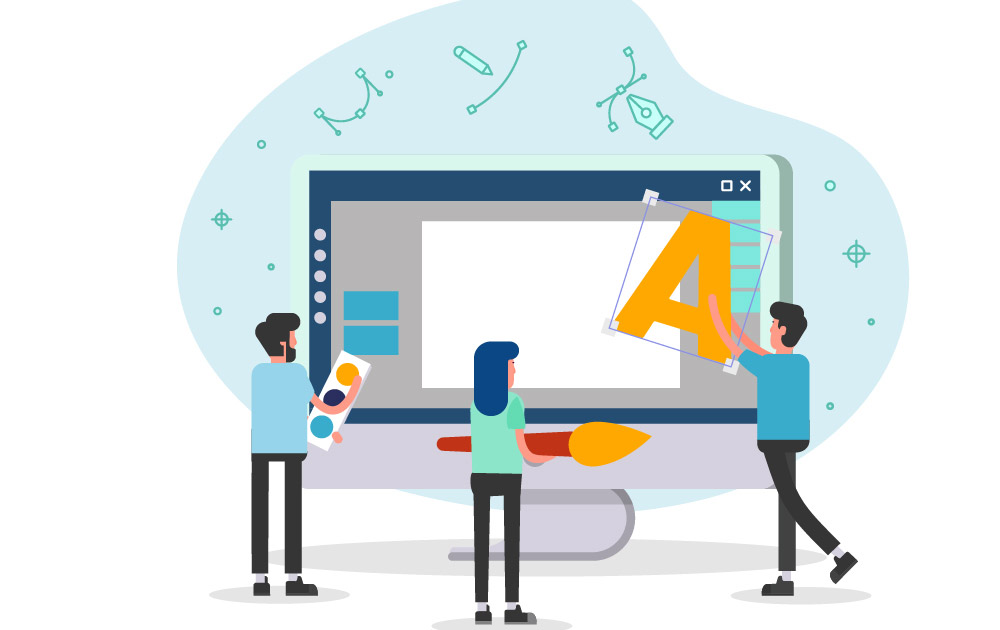
Now that you know the nitty-gritty of logo design and why it matters, the next question is: where can you get a design comparable to the best examples we’ve seen above?
There are various options, and it’s crucial to thoroughly weigh the pros and cons to make sure that you’re making the right decision. Here are the options you can choose from:
In-House Designer
For ventures that have a ton of visual assets on their request list, getting an in-house designer is always an option. However, it’s best to check your business’ finances before you get someone on board. In the same vein, make sure that there really is a need to hire an employee for the graphic designs you need.
Pros
- You’ll always have a designer to tap whenever you need visual material.
Cons
- Hiring an additional employee can be costly.
- Aside from the costs, getting someone on board will also be a long-term commitment.
Hiring a Freelance Designer
Some ventures that can’t hire an in-house artist turn to online job marketplaces to find a freelance designer. Doing so can be a reasonable step, especially if you’re looking for a short-term or project-based collaboration. The main problem most ventures encounter with freelance design services is its lack of stability. Because freelance artists work alone, you’re solely relying on their skills as individuals. For instance, you’ll most likely be communicating through email or a messaging app as opposed to a professional platform.
Pros
- Many freelancers don’t charge a lot, especially if they’re still gaining experience and building their portfolio.
Cons
- Filtering through applicants and their portfolios can take a lot of time and hard work.
- Freelance designers work independently. That said, if they have an emergency and can’t work, your project will be in limbo.
- Many freelance projects aren’t bound by legal contracts. If you come across an unreliable designer, there’s a chance that they could go MIA on you, and you won’t be able to come after them.
Subscription Services
Subscription services like Penji can be one of the best solutions for ventures who need pro graphics. Because we offer unlimited designs at a flat monthly rate, you won’t need to break the bank to get all your visuals.
Pros
- We have the top 2 percent of designers, so you can rest assured that we have the creative chops to handle your project.
- With a turnaround time of 24 to 48 hours, we can help you stay on top of your campaign schedule.
- Penji has a state-of-the-art app that eliminates email back-and-forth. In the same vein, our app allows clients to comment on a specific area of the design. As a result, revision requests become clearer and less confusing.
- We have a reliable team and a solid process. That said, even if your designer has an emergency, the team leader can take over. In short, service delivery to you won’t be hampered no matter what.
Cons
- It might not be the most practical solution if you only need one or two visual assets designed.
Whether you need a university logo, an esports logo design, a finance logo, or anything else in between, it’s best not to take a chance with just anyone designing it.
It’s a fact. A professional-looking logo can only come from a professional graphic designer, just like the designers we have at Penji. In this age of fast and convenient information gathering, it’s easy to find tools to help you create your business logo. But software or web tools aren’t capable of understanding your target audience to create a logo that speaks to them.
Our team of professional graphic designers has varied skills and talents that can help you get the exact logo you need. Watch our demo video to know more about us.
Here’s how you can request a custom logo design from Penji:
Create
Signing up for Penji’s unlimited graphic design service gets you access to our dashboard. Click on the +New project button to submit your logo design request.

Give your project a suitable title and select the design category from the drop-down menu. Under Branding, select Logos. You can also type the word logo in the space provided, and the category will instantly be chosen.
Write a brief yet thorough description of your logo. Attach files or links that your designer can use as references. Click Next.
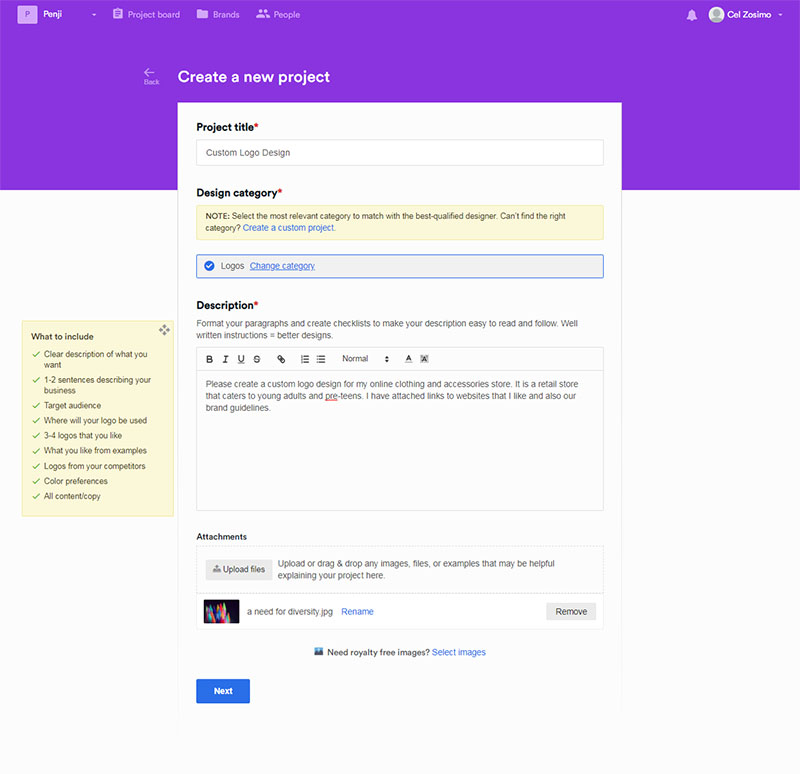
Choose the appropriate boxes for Level of customization, File deliverables, and Associated brand. When done, click on Create project.
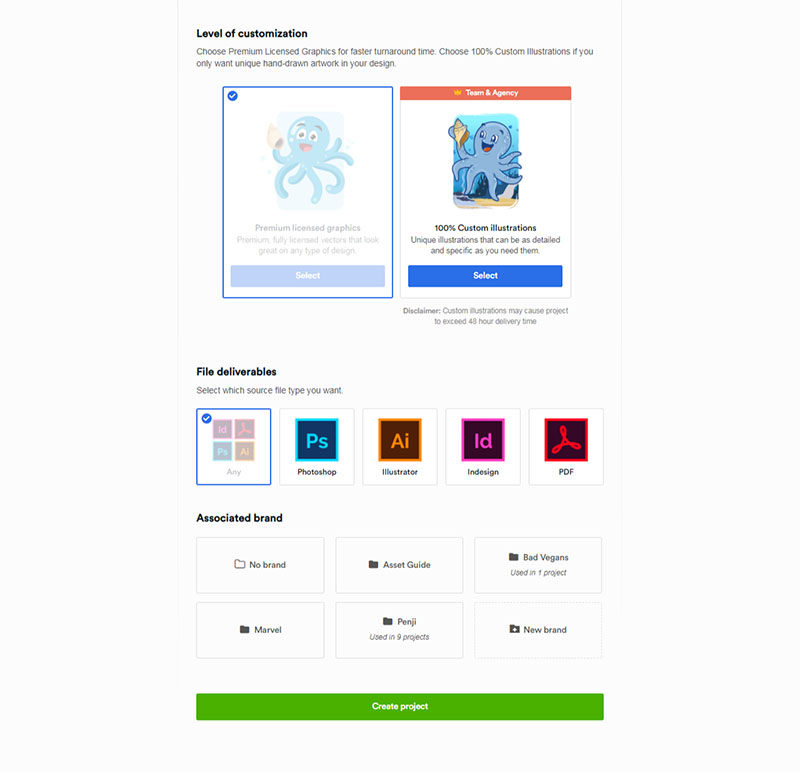
Your project will be automatically assigned to our best logo designer. Within 24 to 48 hours, you’ll receive the initial draft.
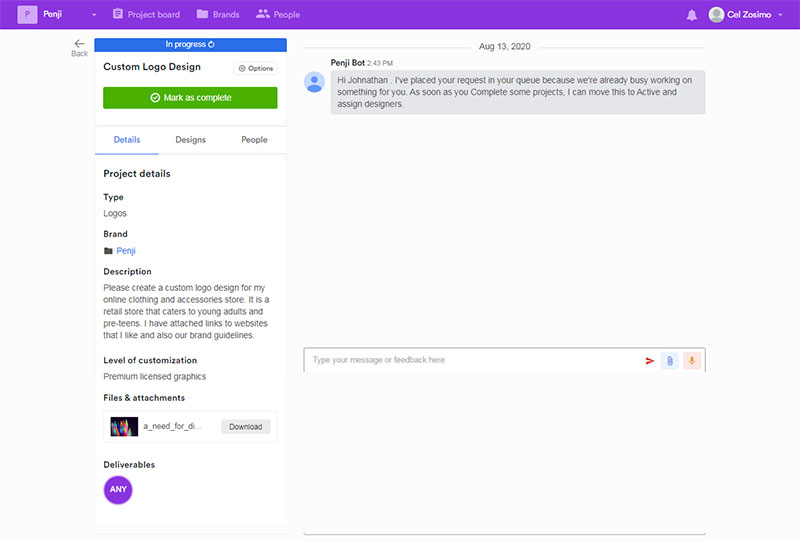
Revise
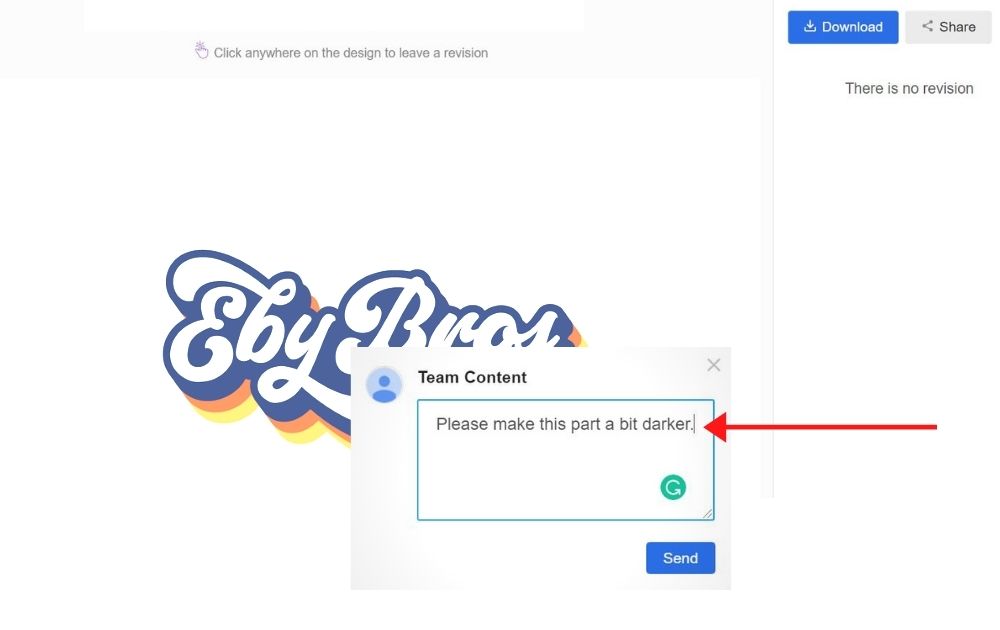
Review the draft and send requests for revisions if you have any. Just click on the image, and a pointer will appear. Direct it to where you want to have the changes, type in your message, and click Send. Your designer will submit your revisions within 12 to 24 hours.
Download
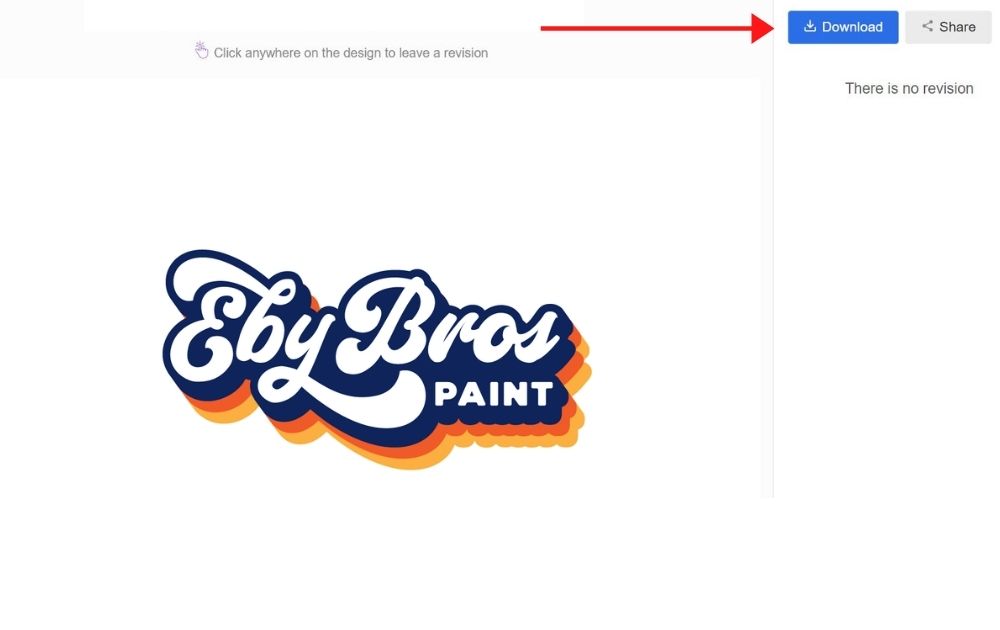
Once satisfied with the design, you can now download it to your computer. All your designs are stored in our system and will only be deleted 90 days after you cancel your subscription. Sign up today to get custom logo designs and many other incredible graphic design assets for your business.
And if you want one logo only, Penji can create one for you in one to two days! Check our new Marketplace here.
About the author

Celeste Zosimo
Celeste is a former traditional animator and now an SEO content writer specializing in graphic design and marketing topics. When she's not writing or ranking her articles, she's being bossed around by her cat and two dogs.

